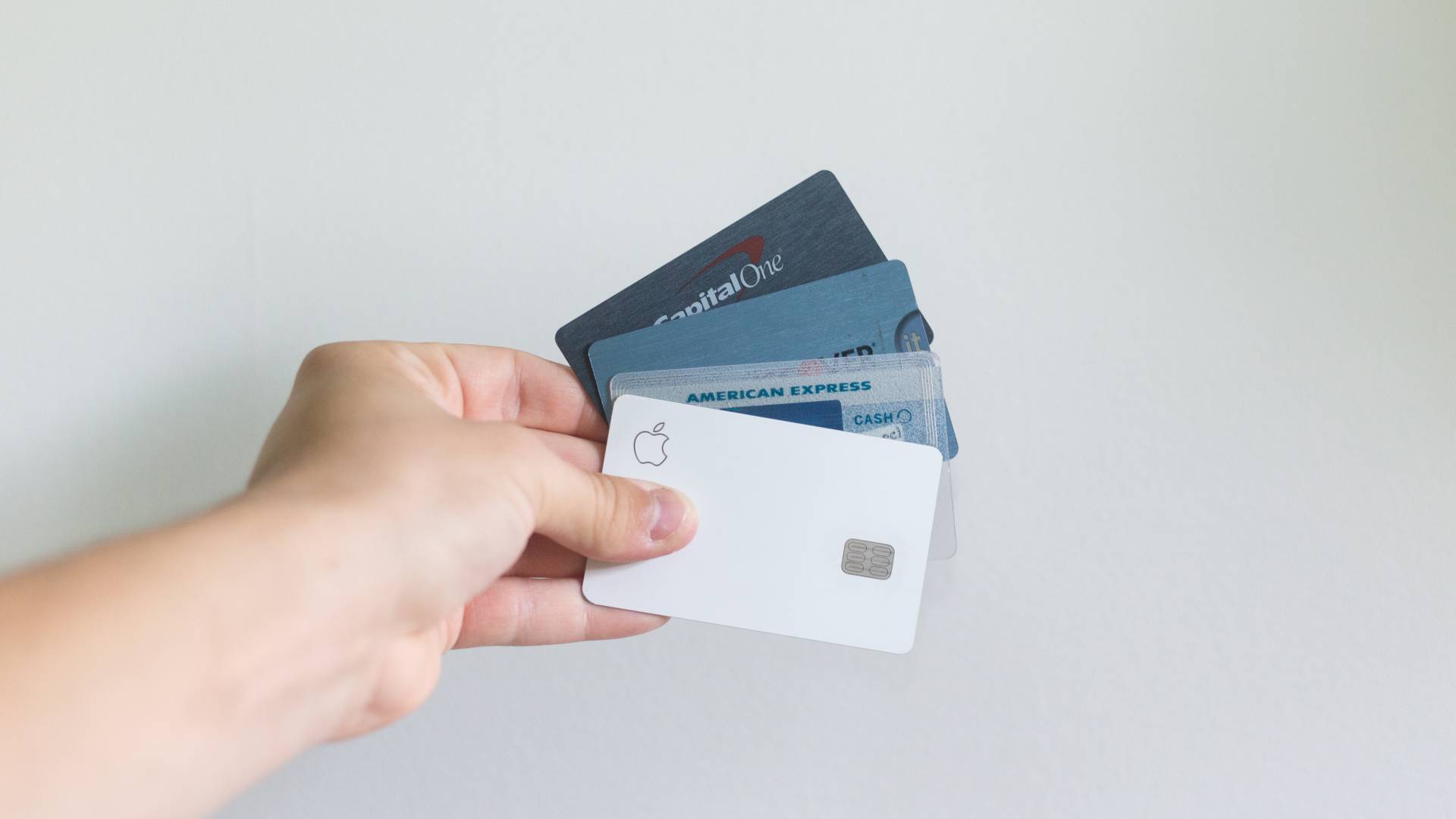The Proposed Changes
The Federal Reserve’s proposal, which is scheduled to be voted on by the board, intends to lower the current cap on debit card transaction fees from 21 cents per transaction to 14.4 cents per transaction. This reduction is based on the data received since the cap was first established in 2011, which has shown that transaction processing costs have decreased significantly.
In addition to the reduction in transaction fees, the proposal also suggests a slight decrease in the additional fee that banks can charge from 0.05% of the transaction cost to 0.04%. However, the Fed also proposes an expansion of the supplemental fee that banks can charge to cover fraud prevention services from 1 cent per transaction to 1.3 cents per transaction, citing a slight increase in fraud prevention costs.
Impact on Transaction Fees
If the proposed changes are implemented, the average fee on a $50 transaction would be reduced to 17.7 cents, down from the current fee of 24.5 cents. This reduction in fees could have significant implications for both banks and merchants.
Lobbying Battle and Potential Legal Challenges
The substantial reduction in transaction fees, which generated $31.59 billion for lenders in 2021, is expected to spark intense lobbying efforts from both the banking and retail industries. Retailers have long complained that the existing cap on transaction fees is set too high. They argue that the savings from the 2011 cap have not been passed on to consumers, and they are hopeful that the proposed changes will rectify this issue.
On the other hand, major bank trade groups have expressed skepticism about the claims made by retailers, stating that future savings may not necessarily be passed on to consumers. These groups have also warned that they may challenge the proposed changes in court, potentially leading to legal battles.
The History of Debit Card Transaction Fees
The cap on debit card transaction fees, also known as “swipe fees,” was established as part of the 2010 Dodd-Frank financial reform law. This legislation directed the Federal Reserve to set a limit that is “reasonable and proportional” to the actual costs of processing transactions. However, this is the first time the Fed has attempted to adjust the cap since it was first established in 2011.
See first source: Reuters
FAQ
1. What are the proposed changes to debit card transaction fees by the US Federal Reserve?
The Federal Reserve is proposing a reduction in the cap on debit card transaction fees from the current 21 cents per transaction to 14.4 cents per transaction. Additionally, there is a slight decrease in the additional fee that banks can charge from 0.05% to 0.04%, and an expansion of the supplemental fee for fraud prevention services from 1 cent to 1.3 cents per transaction.
2. Why is the Federal Reserve proposing these changes?
The proposal is based on data showing that transaction processing costs have significantly decreased since the cap was first established in 2011. The Federal Reserve is seeking to adjust the cap to reflect these changes.
3. How will these proposed changes impact transaction fees for consumers?
If implemented, the average fee on a $50 transaction would be reduced to 17.7 cents, down from the current fee of 24.5 cents. This reduction in fees could have significant implications for both banks and merchants.
4. What is the potential outcome of these proposed changes in terms of lobbying and legal challenges?
The substantial reduction in transaction fees is expected to lead to intense lobbying efforts from both the banking and retail industries. Retailers have long complained that the existing cap is set too high, while major bank trade groups have expressed skepticism and may challenge the proposed changes in court, potentially leading to legal battles.
5. What is the history of debit card transaction fees, and how were they established?
The cap on debit card transaction fees, also known as “swipe fees,” was established as part of the 2010 Dodd-Frank financial reform law. This legislation directed the Federal Reserve to set a limit that is “reasonable and proportional” to the actual costs of processing transactions. However, this is the first time the Fed has attempted to adjust the cap since it was first established in 2011.
Featured Image Credit: Avery Evans; Unsplash – Thank you!

